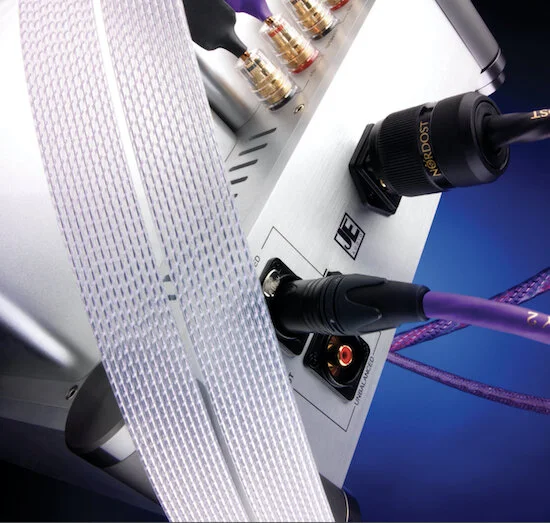I first heard an Innuos product and the considerable buzz about this fairly new Portuguese company—formed in 2016 in the sunny Algarve—at the 2018 Rocky Mountain Audio Show. The Innuos unit I heard at length was the Statement Music Server, the top of the line unit (up to $15,000—review unit requested). In fact, numerous Innuos units were placed in several rooms—all rooms sounding uniformly collaborative. I heard Innuos models serving products from Spatial Audio, Anticables, QLN Loudspeakers, and Vinnie Rossi integrated amplifiers, amplifiers and preamps. They were all singing Innuos’ praises and the Innuos servers, right back at them. In fact, rarely have I been so engrossed in different showrooms playing digital content.
I enquired about a review unit of any of their products for our readers. Then came the typical, glacially-paced song and dance between reviewer, distributor, dealer and manufacturer after the craziness of a show. When we did finally connect, I found the Innuos chain, from US distributor Well Pleased Audio Vida to Portuguese home base, efficient and patient. As such, I’d like to thank Mark Sossa of Well Pleased Audio Vida and Mandy De Castro, Event Manager of Innuos, for their kind considerations.




















